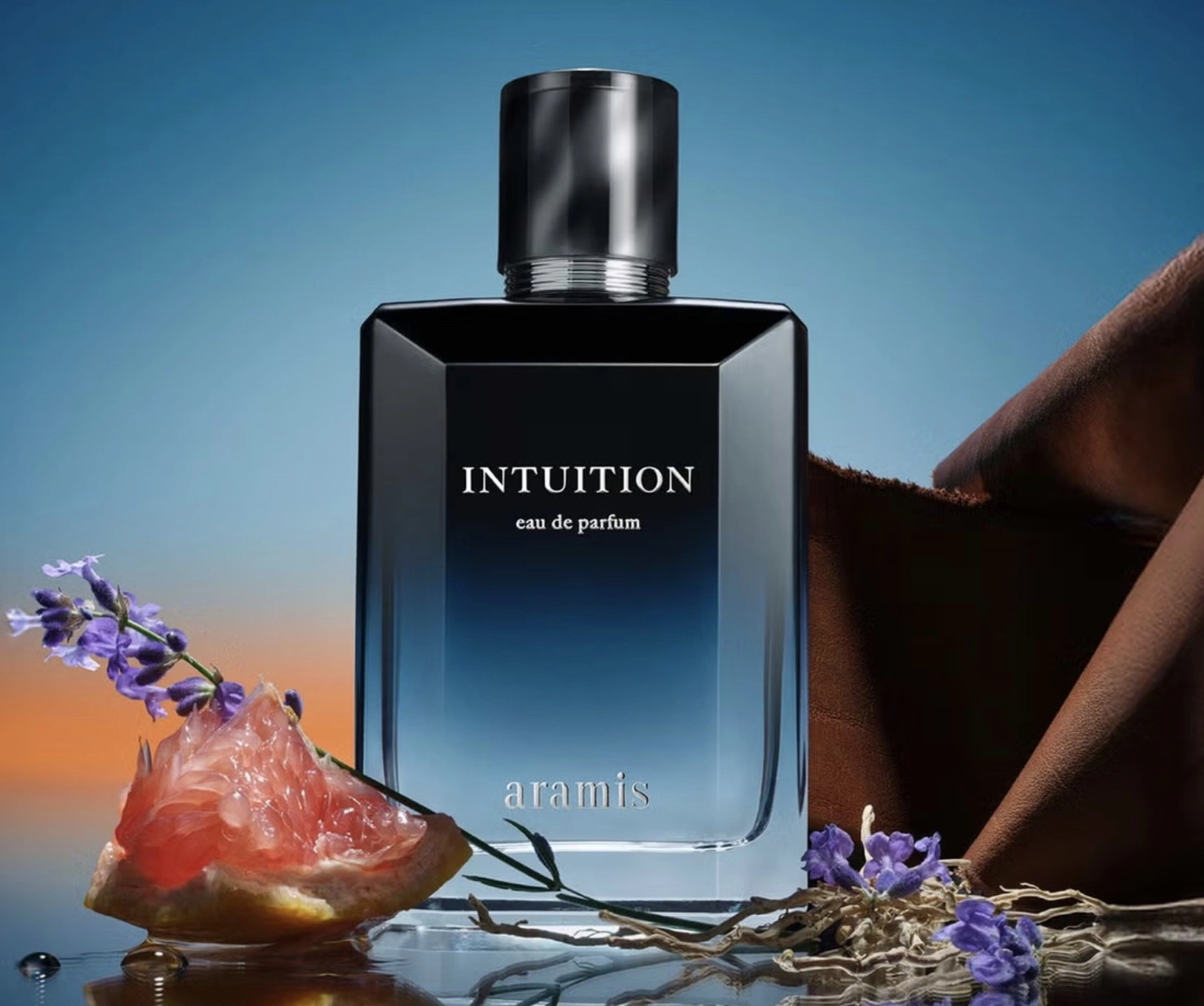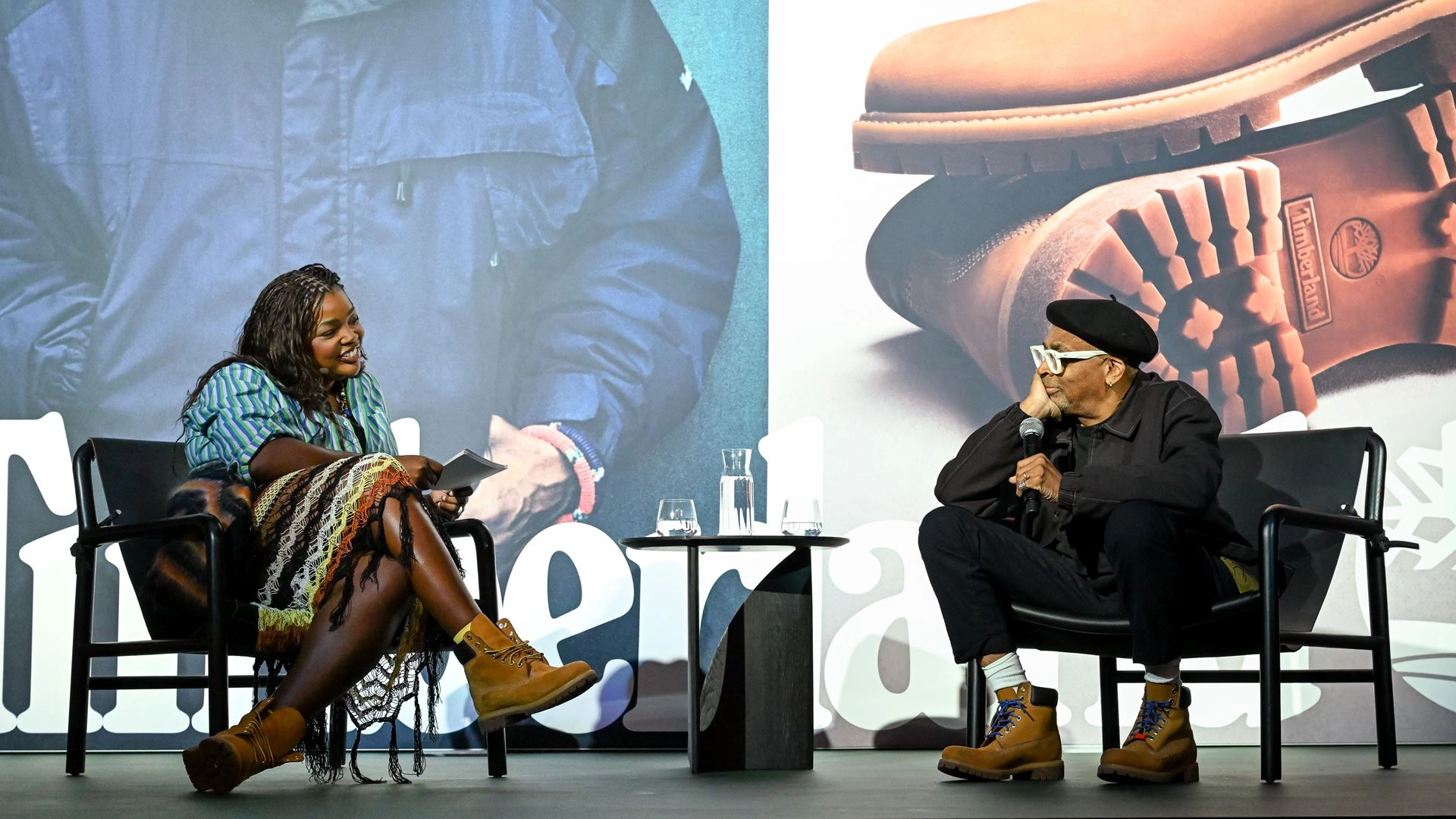Michael Wayne Atha, better known by his stage name Yelawolf, has always been difficult to pin down. One foot in rap, the other in outlaw country, and his heart thumping somewhere between rock ‘n’ roll chaos and Southern Gothic storytelling, Yelawolf is less an artist than he is an attitude—a living, breathing tattoo of rebellion inked across the American soundscape.
His journey from Alabama skate punk to Shady Records signee to full-blown genre-bender has been nothing short of cinematic. Over the years, Yelawolf has shredded every box the music industry tried to put him in. And with each passing release, he gets closer to the core of what he’s always been: a rock ‘n’ roll baby, born of grease, grit, and gut-wrenching poetry.
In a world obsessed with packaging and perfection, Yelawolf remains raw, unpredictable, and proudly flawed. His music is a rumble down a dirt road in a 1969 muscle car, engine roaring, middle finger up, and the devil riding shotgun. This is the story of how he got there—and where he’s going next.
Roots Run Deep: From Gadsden to the Globe
Born in Gadsden, Alabama, Yelawolf’s upbringing was anything but typical. Raised by a single mother who was often on the move, he bounced between trailer parks, housing projects, and Southern backwoods. That nomadic childhood is a recurring theme in his music—a Southern-fried tapestry of hardship, resilience, and survival.
But unlike many of his contemporaries, Yelawolf wasn’t just raised on hip-hop. He soaked up classic rock, country, blues, and punk, thanks to a household that revered Lynyrd Skynyrd and Hank Williams Jr. as much as it did N.W.A. and Outkast. This genre fusion would eventually become his signature, but early on, it made him an outsider—even in his own circles.
Skateboarding became an outlet. So did poetry. He traveled, he hustled, he got expelled, he slept in cars. And through it all, music remained a constant companion—his passport, his therapy, and his weapon.
Trunk Muzik & Shady Days: The Rap Chapter
Yelawolf’s formal entry into hip-hop came with 2009’s “Trunk Muzik”, a mixtape that turned heads for its blistering speed-raps, truck-rattling beats, and unapologetic Southern pride. He wasn’t mimicking East Coast lyricists or West Coast stylings. He was rapping in his own voice, complete with drawl, dialect, and slang that felt foreign to mainstream hip-hop but deeply authentic to his roots.
“Trunk Muzik” landed him on the radar of Eminem, and in 2011, Yelawolf signed to Shady Records. His debut album on the label, “Radioactive,” was a mixed bag—caught between radio aspirations and raw identity—but it proved Yela could hold his own with the big boys.
Then came “Love Story” in 2015, a critical and creative breakthrough that saw Yelawolf blend rap with Southern rock and country in a way that felt completely his own. The album included “Till It’s Gone,” an anthemic burner that landed him major syncs and a broader fanbase. Critics finally stopped asking “What is he?” and started accepting the answer: he’s everything.
Beyond Labels: Independent & Unfiltered
By 2019, Yelawolf had left Shady Records and gone fully independent. The move wasn’t just symbolic—it was spiritual. He could now create without compromise, without the commercial expectations or label timelines. The result was a creative renaissance.
Albums like “Ghetto Cowboy” (2019) and “Mud Mouth” (2021) painted vivid portraits of America’s fringes. They celebrated outlaw spirit, rural rebellion, and personal evolution. Yelawolf doubled down on storytelling, weaving autobiographical verses with sharp-eyed social commentary. He wasn’t just rapping anymore. He was testifying.
And sonically? He leaned harder into his rock ‘n’ roll instincts—distorted guitars, live drums, bluesy hooks. The country boy with a mic had become the frontman of his own mythology.
Connections & Creative Chemistry
Yelawolf’s genre fluidity has made him a magnet for collaborations. Over the years, he’s worked with a diverse roster of artists: Eminem, Kid Rock, Travis Barker, Jelly Roll, Ed Sheeran, DJ Paul, Caskey, and Shooter Jennings to name a few. Each collab peels back a different layer of his artistry.
His work with Caskey on “Yelawolf Blacksheep” (2021) is pure rap muscle, while his collaboration with Shooter Jennings on “Sometimes Y” (2022) is full-blown rock theatrics. The latter project, in particular, underscores Yelawolf’s refusal to sit still. With Shooter—son of country legend Waylon Jennings—he channeled Bowie, glam rock, and grunge into an album that felt both nostalgic and next-gen.
What binds these flows together isn’t genre, but attitude: defiance, authenticity, and artistic ambition.
Fashion, Whiskey & Slumerican
Yelawolf’s creativity doesn’t stop with music. He’s also the founder of Slumerican, a lifestyle brand that includes a clothing line, tattoo studio, and custom motorcycle garage. With a logo that fuses Americana and outlaw aesthetics, Slumerican represents everything Yelawolf stands for—Southern pride without prejudice, rebellion without apology, art without boundaries.
He also launched his own whiskey label, Creek Water, which, like his music, is rough around the edges but refined in experience. It’s a small-batch spirit that tastes like backroad bonfires and late-night licks—a liquid extension of the Yela ethos.
From fashion to distilling, Yelawolf’s brand is comprehensive. It’s not just a persona—it’s a lifestyle movement, complete with motorcycles, denim, boots, and beats.
Rock ‘N’ Roll Baby: The Philosophy
When Yelawolf says “Rock ‘n’ roll, baby,” it’s more than a stylistic nod. It’s a declaration of identity. For him, rock ‘n’ roll isn’t about genre—it’s about freedom, rebellion, soul, and storytelling. It’s about living fast, loving hard, and leaving a mark, even if it’s a scar.
His music isn’t polished or pristine. It’s scuffed up, whiskey-stained, and soaked in life. And in an era of overproduced pop and auto-tuned sentiment, Yelawolf’s imperfections are what make him essential.
He’s the rare artist who can freestyle over a trap beat, shred on a Gibson, and croon like a haunted cowboy—all in the same set. And he does it without flinching, without pandering, and without losing himself.
Legacy in the Making
As he heads deeper into his 40s, Yelawolf remains as creative and uncompromising as ever. He’s not chasing radio play or Grammy nods. He’s building a legacy, one bar, riff, and bottle at a time.
His influence is increasingly visible in younger genre-hybrids like Jelly Roll, Koe Wetzel, and even Post Malone—artists who aren’t afraid to blend rap, rock, and country into something new. Yelawolf didn’t just make that path easier. He paved it.
And in a time when so many artists pivot to whatever’s trending, Yelawolf’s continued commitment to his vision feels revolutionary. He doesn’t follow sounds—he chases stories. He doesn’t follow fame—he follows feeling.
Impression
Yelawolf is rock ‘n’ roll not just because he says it—but because he lives it. In the studio, on the stage, behind the bar, or inside a tattoo parlor, he’s always pushing, always creating, always dreaming louder than the crowd.
He’s more than a rapper, more than a singer, more than a performer. He’s a Southern storyteller, a style icon, a genre alchemist, and a cultural outlier who keeps proving that the best art comes from the edges.
No comments yet.








